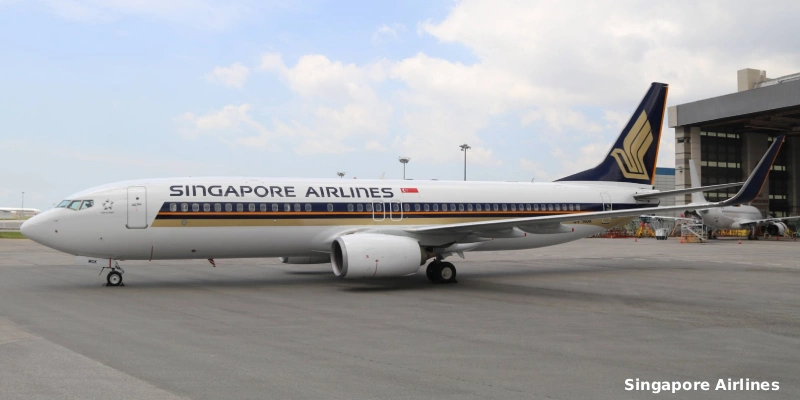One of the world’s most iconic engine manufacturers is turning its focus to electric aircraft and has just secured a major partner.
See also: NASA develops technology to detect turbulence from miles away.
Rolls-Royce and Italian aircraft manufacturer Tecnam are creating the P-Volt, an all-electric airliner, and have brought in Norway’s Widerøe as a partner. The goal is to begin passenger flights in 2026. It is one of the first milestones in the fledgling aircraft program that was first announced in October 2020.
Rolls-Royce will focus on propulsion and power systems, Tecnam on design, manufacturing and certification, and Widerøe will ensure readiness for airline operations, Business Insider reported.
See also: Aviation leaders launch first 100% sustainable aviation fuel emissions study.
The exact specifications of the 9-seat aircraft are still unknown, but the project already has some head start, as Tecnam has already built the aircraft platform on which the P-Volt is based, Business Insider reviewed.
The P2012 Traveller is one of the manufacturer’s latest aircraft and currently flies passengers in the United States and Seychelles. U.S. commuter carrier Cape Air became the first airline to take delivery of the aircraft in 2019, followed by Seychelles-based Zil Air.
The P-Volt will not be part of the electric vertical take-off and landing (eVTOL) aircraft revolution, as the plane cannot fly vertically. Instead, the aircraft is built to take off and land on the short runways found in Norway’s difficult topography, making it a short takeoff and landing aircraft, also known as a STOL.
“Norway’s extensive network of short take-off and landing airports is ideal for zero-emission technologies,” explained Stein Nilsen, CEO of Widerøe, in a statement.
Rolls-Royce is not new to the world of all-electric aviation and is currently working with Vertical Aerospace to create an eVTOL that can carry up to 4 passengers about 193 kilometers at speeds in excess of 320 kilometers per hour. Certification for that project is expected to arrive in 2024.
Rolls-Royce and Tecnam have already demonstrated that they can work together in this area, having developed a hybrid light aircraft called the Tecnam P2010. This 4-seat aircraft is powered by a Rolls-Royce electric motor combined with a standard combustion engine.
According to Tecnam, the electric-powered P-Volt will be cheaper and quieter than its fossil-fueled counterparts, which will help airlines keep costs and noise complaints down. It will also have aerodynamics-enhancing wing attachments, known as winglets, that increase the aircraft’s efficiency.
Scandinavia has long struggled with the emissions generated by current-generation aircraft. “Flight shame”, or “flygskam” in Swedish, is, after all, a Scandinavian movement against emissions caused by aviation and spearheaded by environmentalists such as Greta Thunberg.
Most airlines have turned to state-of-the-art aircraft to help reduce emissions in a temporary solution to the long-term problem. SAS Scandinavian Airlines incorporated Airbus A350-900 XWB and A320neo aircraft, while Widerøe was the Scandinavian launch operator for the Embraer E190-E2.
However, Widerøe’s broader goal is to reduce emissions to zero over the next decade as part of a larger Norwegian aviation sustainability initiative.
“This aircraft demonstrates how quickly new technologies can be developed, and that we are on track to achieve our ambition of flying with zero emissions around 2025,” explained Nilsen.
Related Topics
Singapore Airlines Bids Farewell to Its Final Boeing 737-800 This Week
Boeing Receives FAA Authorization to Increase 737 MAX Production to 42 Aircraft per Month
Virgin Atlantic Selects Boeing to Enable High-Speed Wi-Fi Across Its 787 Fleet
Boeing Receives European Union Approval for Spirit AeroSystems Acquisition

Plataforma Informativa de Aviación Comercial con 13 años de trayectoria.




